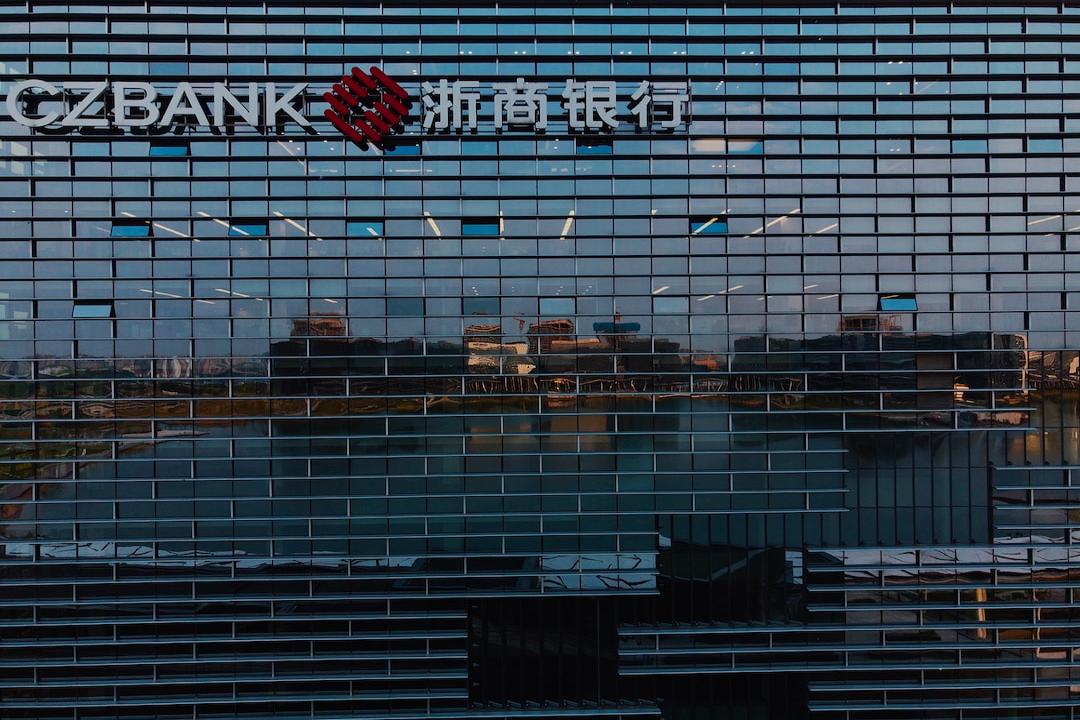In a recent exclusive interview with crypto.news, Sumit Gupta, the co-founder and CEO of CoinDCX, a leading Indian crypto exchange, shared insights on how India’s crypto tax policies have impacted the industry.
The introduction of taxes for cryptocurrencies in the 2022 Union Budget marked a significant moment for the crypto economy in India. Digital currencies were officially categorized as virtual digital assets (VDA) under section 2(47A) of the Income-tax Act 1961, bringing a much-needed sense of legitimacy and regulatory clarity to the sector.
However, while the regulatory framework provided much-needed structure, it also came with its challenges. The imposition of a 30% tax rate along with an additional 1% TDS on transactions created hurdles for retail traders, leading to a decline in trading volumes and driving some participants to seek more tax-friendly jurisdictions.
Despite these challenges, industry experts like Gupta welcome the formal recognition and regulatory environment that cryptocurrencies now operate in. However, even after more than a year since the introduction of the new tax framework, confusion and misconceptions persist among investors regarding the reporting and calculation of taxes, especially concerning activities like staking, mining, and everyday transactions involving crypto.
Gupta aims to address these complexities and misconceptions surrounding cryptocurrency taxation, shedding light on different tax treatments for profits from trading, mining, and staking. While trading and mining profits are subject to a flat 30% tax rate with no deductions allowed, staking income is taxed according to the individual’s income tax slab, potentially offering a lower rate. The industry is advocating for a reduction in the 30% tax rate on VDAs to align with other asset classes and promote growth and innovation within the sector.
One of the common misconceptions Gupta highlighted is that all crypto activities are taxed at a flat 30%, or that staking rewards are only taxable upon sale. In reality, staking rewards are taxable upon receipt, based on market value, and trading losses cannot offset other income types. Gupta emphasized the importance of maintaining detailed records and seeking professional tax advice to navigate the tax landscape effectively.
Looking at the global landscape, Gupta discussed the potential impact of changes in global cryptocurrency regulations, particularly those discussed in G20 meetings, on India’s stance. He highlighted the importance of these discussions in shaping comprehensive regulatory frameworks that can be adapted by individual countries, offering a template for regulatory clarity in India that benefits all stakeholders.
The inclusion of VDA transactions under the Prevention of Money Laundering Act (PMLA) was seen as a positive step towards enhancing compliance and operational practices within the crypto industry in India. This regulation has led to increased transparency and reduced the risk of illicit activities, with industry players actively supporting these efforts.
Addressing specific challenges faced by high-frequency traders in India due to the 1% TDS rule, Gupta noted that the rule has led to reduced liquidity and a shift of trading volumes to offshore exchanges. To mitigate these challenges, the industry is advocating for a reduction in the TDS rate to 0.01%, maintaining government oversight while keeping the market attractive for investors.
In conclusion, Gupta expressed optimism that the government may consider reducing the tax burden on crypto transactions, particularly the TDS rate, to create a more conducive environment for innovation and investment. Balancing innovation with tax compliance requires a nuanced approach that supports technological advancements while ensuring robust oversight to prevent misuse, a philosophy that CoinDCX actively promotes through its products and compliance efforts.

